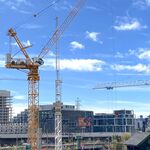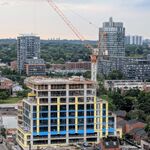valvenis
New Member
... I doubt, however, that he will manage to build a Willowdale station between Bayview and Bessarion. (It's between Sheppard-Yonge and Bayview).
Well, some of his biggest fans believe that he can move mountains...moving an entire street, houses included, should be child's play.




